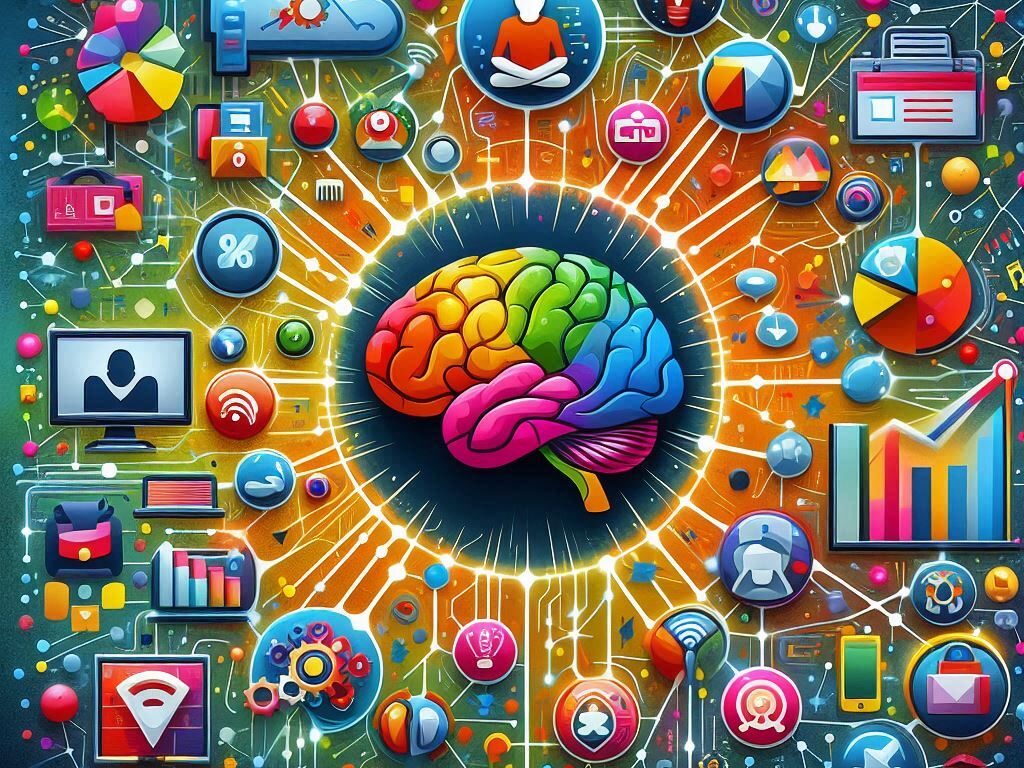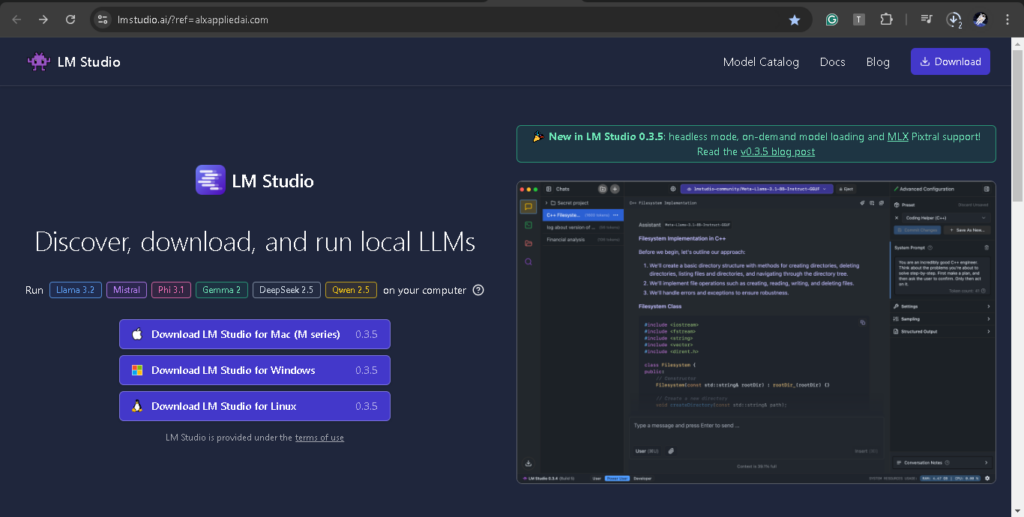Introduction
Large Language Models are at the forefront of AI innovation, redefining the capabilities of language processing, creative expression, and problem-solving. From generating human-like text to creating breathtaking visuals, LLMs are opening new doors for industries, creators, and AI enthusiasts alike.

In My #ALX_AI Project 10, I explored the transformative potential of LLMs, diving into how they work, and their applications, and running one locally to gain hands-on experience.
What Are Large Language Models?
LLMs are advanced neural networks trained on massive datasets of text and code. They leverage transformer architectures to understand context, generate coherent text, and even create visual art. Popular LLMs include:
- OpenAI’s GPT-4 for advanced natural language processing.
- DALL-E for AI-driven image generation.
- Meta’s LLaMA 2 for open-source flexibility.
To deliver remarkable accuracy in tasks like:
- Content creation
- Text summarization
- Visual art generation
- Sentiment analysis
- Code completion
Popular LLMs
Let’s highlight the true stars of the show: Large Language Models that are shaping our future with their linguistic capabilities. The LLM landscape is a dynamic one, but several standout names consistently shine, each with their unique strengths and specialties:
- GPT-3.5 (OpenAI): A versatile LLM that understands and generates natural language as well as code, currently powering the free version of ChatGPT.
- GPT-4 and GPT-4 Turbo (OpenAI): A multimodal powerhouse that tackles complex challenges with unprecedented accuracy. This AI masterfully integrates words and images, delivering deeper insights and precise solutions.
- DALL-E 2 & 3 (OpenAI): An innovative system that creates realistic images and artwork from natural language descriptions. DALL-E 3 allows users to generate images of specific sizes based on prompts and offers capabilities to edit existing images or create variations.
- LLaMA 2 (Meta AI): This family of generative text models is optimized for chat applications and can be tailored for various natural language generation tasks.
- Gemini (Google): Google’s latest model designed for multimodal tasks, seamlessly reasoning across text, images, video, audio, and code.
- Falcon (AI21 Labs): One of the leading open-source models available, capable of text generation, summarization, translation, question answering, sentiment analysis, and more.
- Mistral 7B (Mistral AI): A robust open-source LLM suitable for a wide range of applications, including text generation, summarization, and coding, known for its high performance.
Key Applications of LLMs
- Content Creation: Writing blogs, emails, generating marketing copy, and crafting creative fiction or even stories with AI assistance.
- Image Generation: Transforming text into stunning visuals with tools like MidJourney and DALL-E.
- Customer Support: Empathetic, AI-driven chatbots that enhance user experiences.
- Programming Assistance: Debugging code and generating documentation with tools like GitHub Copilot.
- Healthcare: Summarize patient data or medical research for better insights.
Running an LLM Locally
Use LM Studio to download and interact with a local LLM, the Mistral 7B model. Running the model locally offered:
- Privacy: Keeping data on my machine.
- Customization: Tailoring the model for specific tasks.
- Offline Access: Working without internet dependency.

Tools Used:
- LM Studio: A user-friendly platform for running and interacting with LLMs offline.
- Steps to Follow:
- Download LM Studio from lmstudio.ai.
- Search and download the Mistral 7B model.
- Load the model into LM Studio for chat and experimentation.
- Steps to Follow:
- Other Tools:
- GPT4All: A free-to-use, privacy-aware chatbot.
- Kobold.cpp : User-friendly AI text generation software designed for writing with LLMs.
- Oobabooga’s Text Generation WebUI: For enhanced text generation capabilities.
Key Insights
- LLMs are highly versatile and adaptable, with applications ranging from art and writing to advanced analytics and customer interaction.
- Running models locally offers greater control and privacy but requires powerful hardware for larger models.
- Tools like GPT4All and Oobabooga’s Text Generation WebUI simplify local LLM experimentation.
Conclusion
Large Language Models (LLMs) are not just tools; they are partners in creativity and problem-solving. Running them locally opens doors to limitless possibilities, allowing users to customize their experiences and explore AI in a controlled environment.
Exploring LLMs has been a thrilling journey into the heart of AI innovation. Whether you’re a developer, creator, or enthusiast, there’s something incredible waiting to be unlocked with LLMs.
Are you interested in trying this yourself? Start with tools like LM Studio or explore GPT4All for free, privacy-aware local AI experiments.
Related article: Empower Your Projects and Transform Your Workflow by Running Large Language Models Locally in 2024

